Woven Paintings: Brent Wadden’s Textile Art
Contemporary artist Brent Wadden makes woven artworks that deftly blur the boundaries between textile and painting, proving the two disciplines aren’t so different after all. Stretched over canvas and hung on gallery walls, his boldly geometric textiles might first appear to be abstract paintings, but closer inspection reveals they are tightly woven by hand, lending them a tactile, human warmth. Wadden pulls together a vast range of references, from the legendary Bauhaus textiles, First Nation and Gee’s Bend quilts, to Abstract Expressionism, Colour Field Painting, Minimalism, and Folk Art, succinctly weaving a multitude of ideas into one.
Wadden was born in 1979 in Nova Scotia, Canada. He studied a BFA at Nova Scotia College of Art and Design with the conceptual painter Gerald Ferguson. Originally trained as a painter, Wadden never received any formal training on a loom. In 2010, Wadden saw an exhibition of Moroccan rugs in Ireland, which were hung directly onto the wall. He says, “I was completely drawn into the wild patterns and psychedelic nature of the lines and how the patterns and colours just started and stopped randomly.” During this time Wadden was living in Berlin, and he approached the artist weaver Travis Meinolf who lived near him for training on a laser-cut backstrap loom. Wadden remembers back, “For a while, weaving was just one of the things I was doing in the studio, but it eventually took over.”
By 2019, his love affair with thread was so cemented he decided to take up weaving full time. Today he works on backstrap and floor looms, bringing together second-hand fibres including wool, cotton and acrylic sourced from outlets including eBay, Craigslist and Facebook. Reusing pre-existing fibres means Wadden has to account for curious irregularities when one type of thread or colour runs out, but he readily embraces the happy accidents that take place during this process of retrieval and discovery, as he explains, “My work is about patterning, and rhythm, and always making a mistake at some point throughout it.”
When constructing his artworks, Wadden weaves a series of individual smaller panels which are then brought together into larger textiles, with the joining lines just visible between panels. This means his final designs often have a jagged, wonky, or asymmetrical quality that emphasises their hand-made, tactile properties. Piecing together these panels into a larger artwork always opens up room for unplanned, unexpected surprises, as Wadden explains, “You still can’t really predict those magic moments where a line or colour crosses over from one panel to another, but you just hope it works. The way that I am creating the works leaves many small aesthetic mysteries that are only really revealed once the work is sewn together and stretched – that’s when it all comes together and I get to encounter it fully.”
Wadden’s colour schemes are, at least from a distance, mostly two-tone, lending his artworks an ordered simplicity. But close-up, the complex range of coloured threads that go into each artwork are just visible beneath the surface, revealing the extent of hard work that goes into the creation of each panel. Wadden notes, “I hope my paintings create some amount of confusion in the viewer which would lead to a fascination with the process.”
The artist currently lives and works in Vancouver, where he continues to develop his weaving practice in ever more ambitious directions, which include weaving with rattan and wicker, and working with a tufting machine. Always at the root of his practice is a hardworking, honest engagement with raw materials that keeps alive the Folk Art traditions of the past, while injecting them with the language of modernity and abstraction. Wadden says, “I’m so grateful that I get to make art every day, and I think the world would be a much better place if everyone had the space, time, energy, and resources to be creative in some way.”





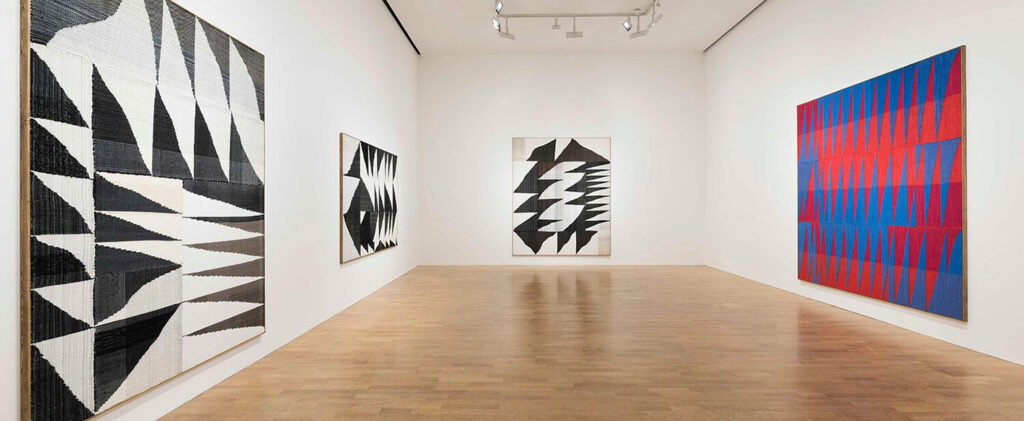
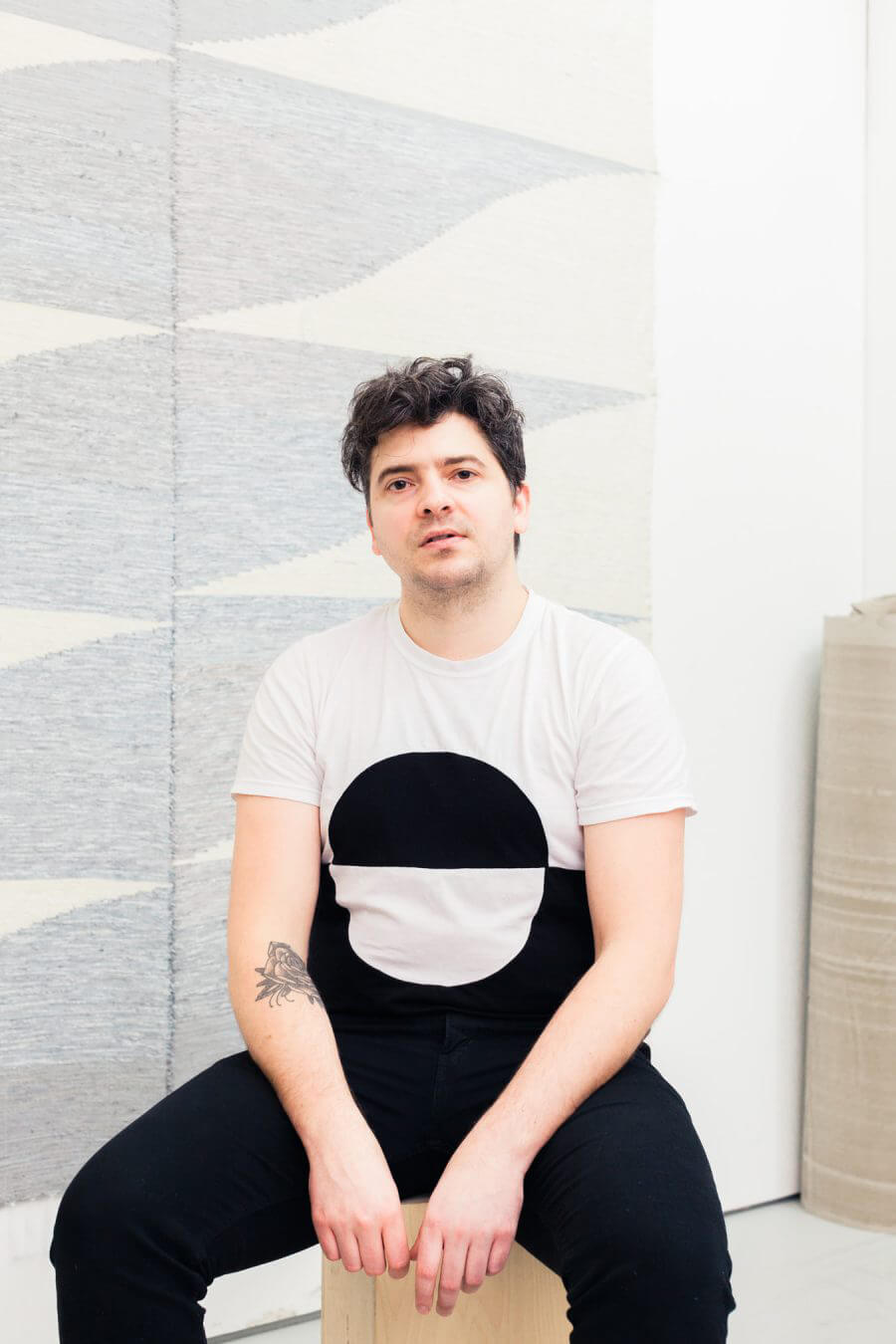
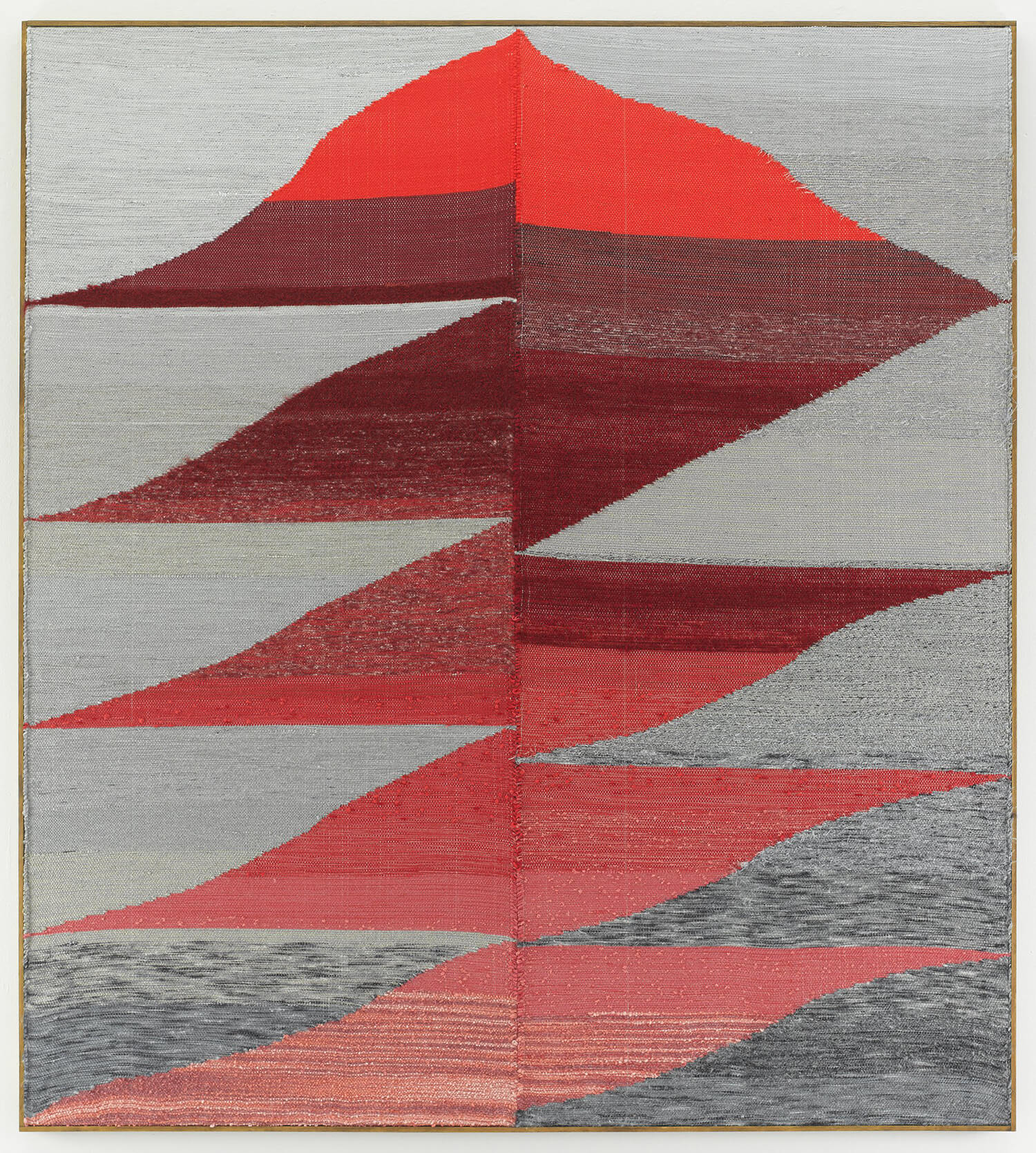
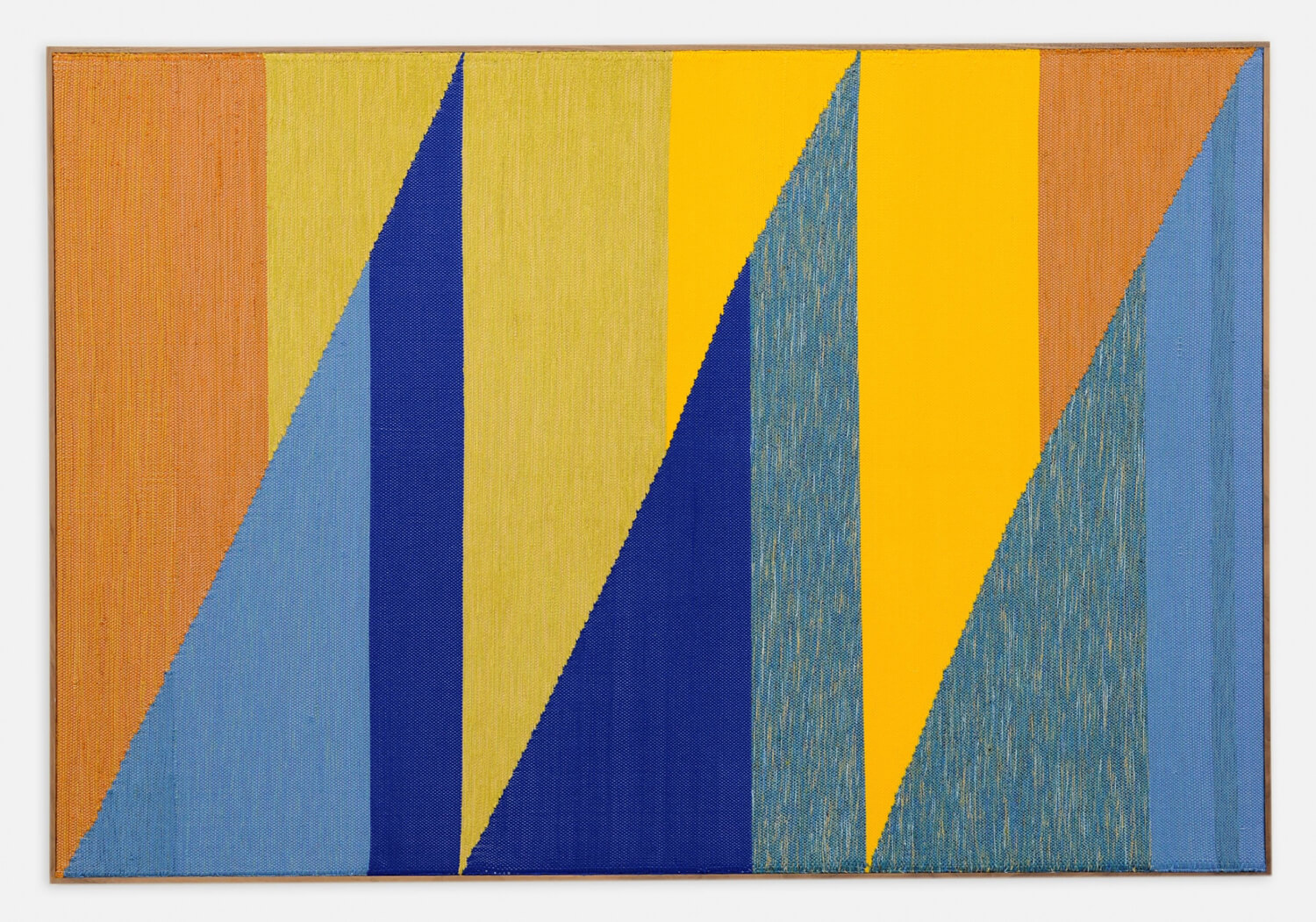
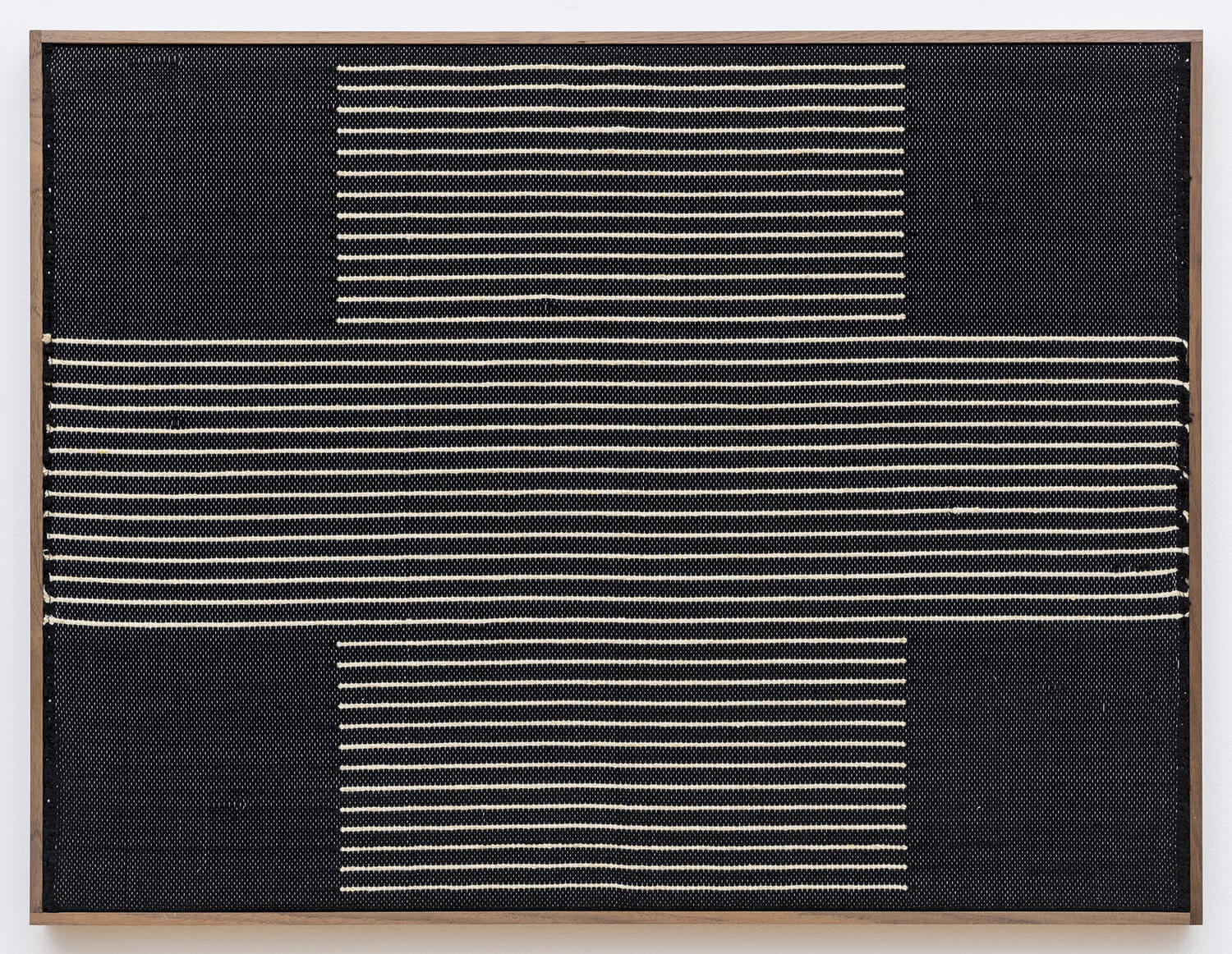
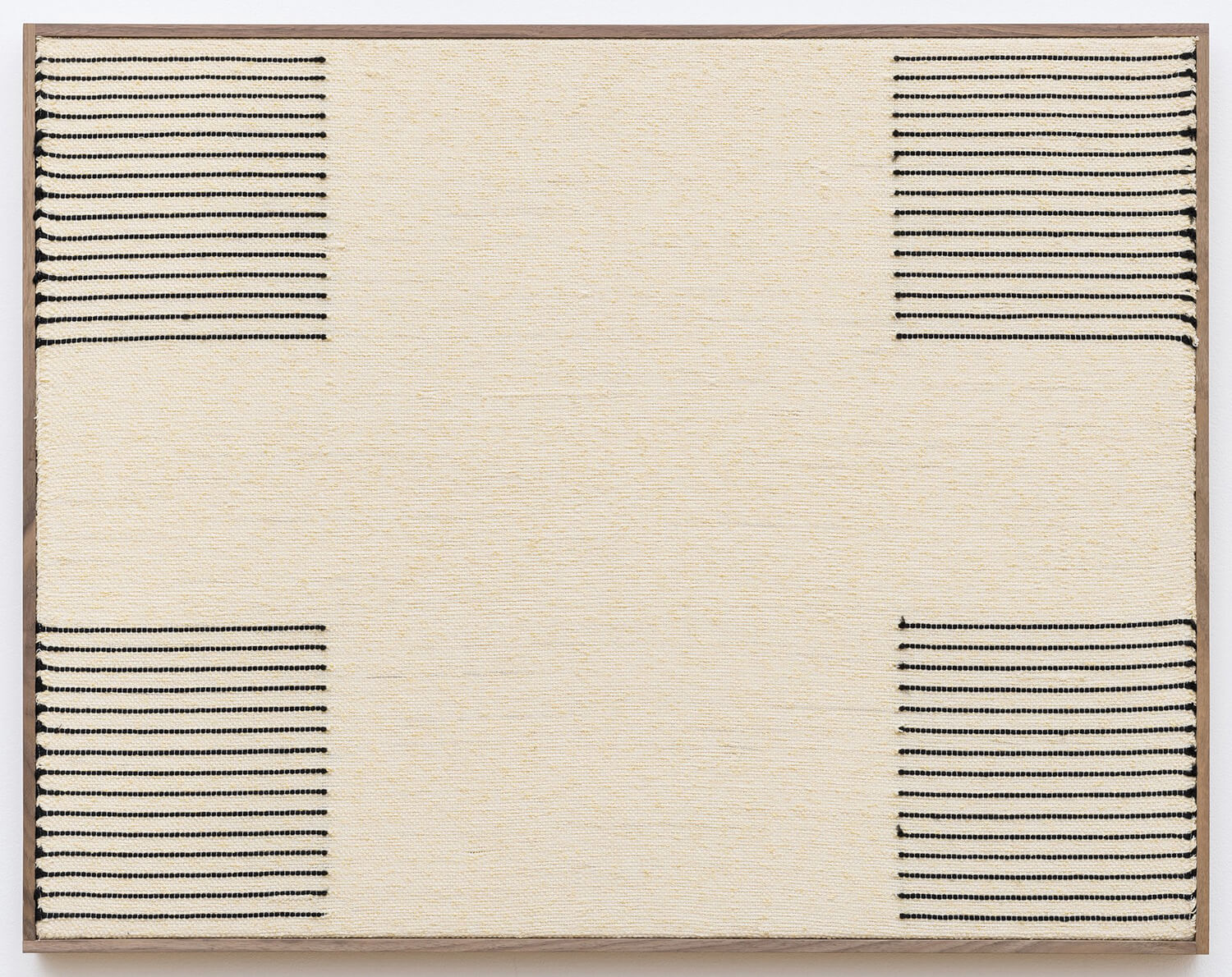
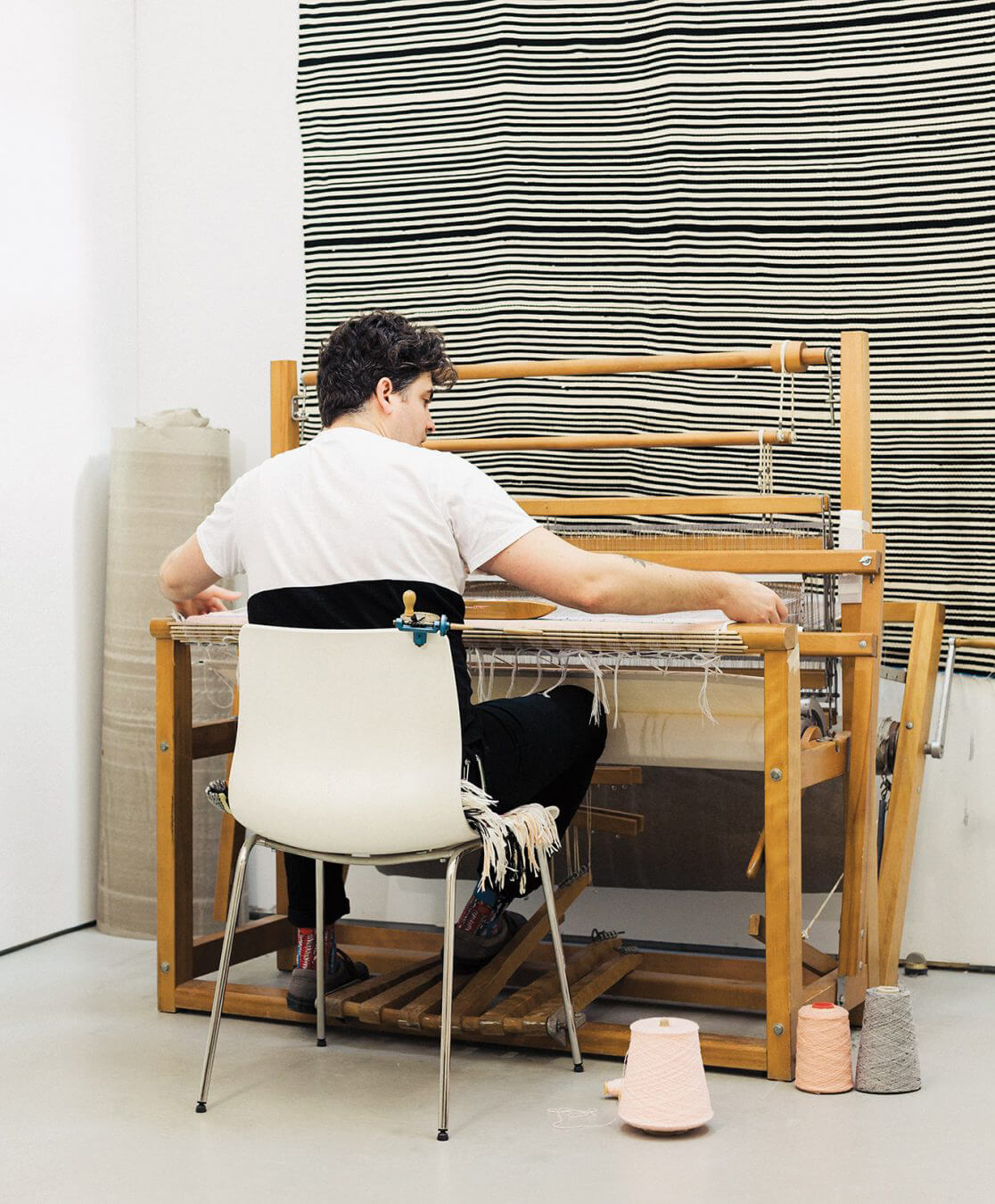

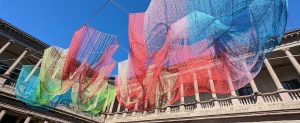
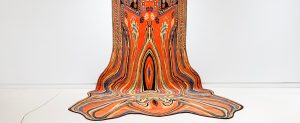
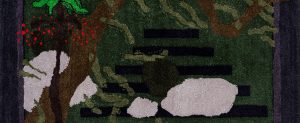
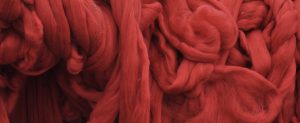
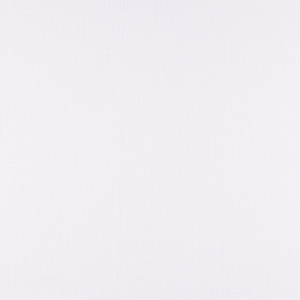


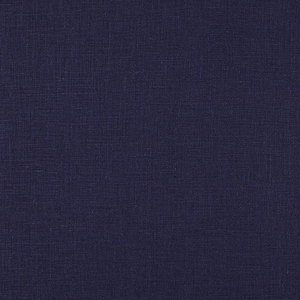





















One Comment
Cassandra Tondro
Thank you! This is marvelous. I’m so inspired by Brent’s work and I’m eager to pull out my rigid heddle loom and play around with colors and texture. Great article!